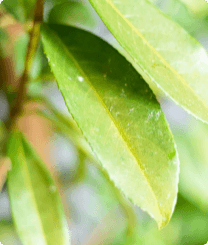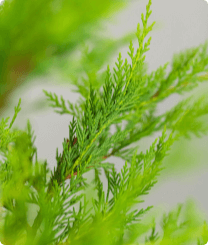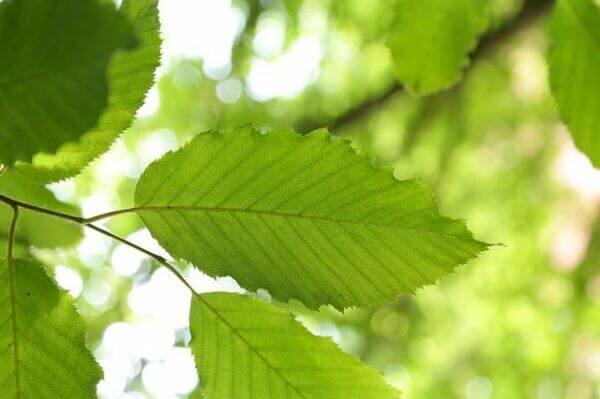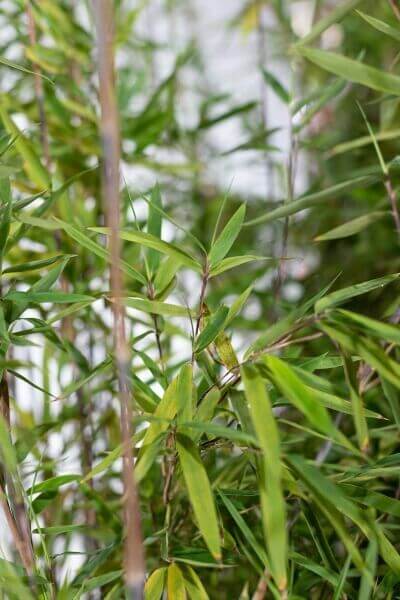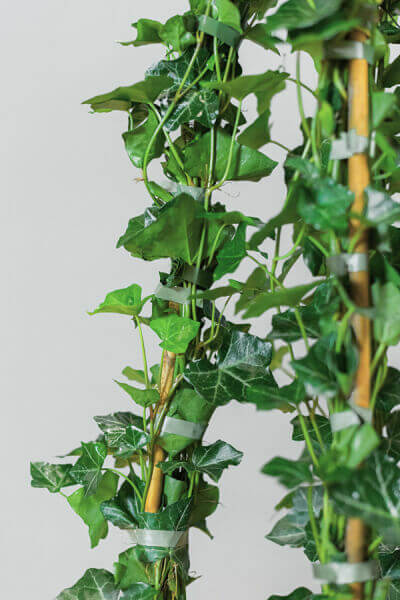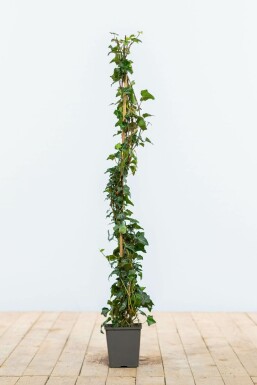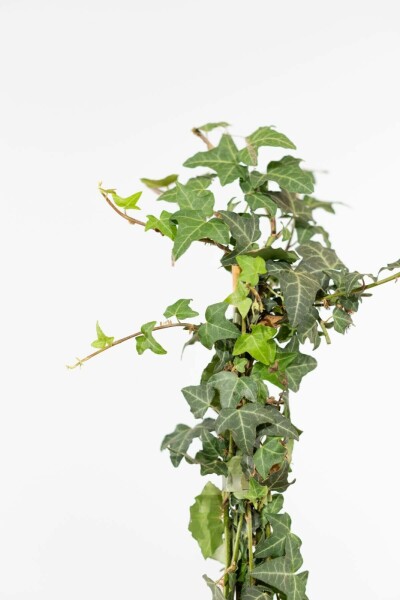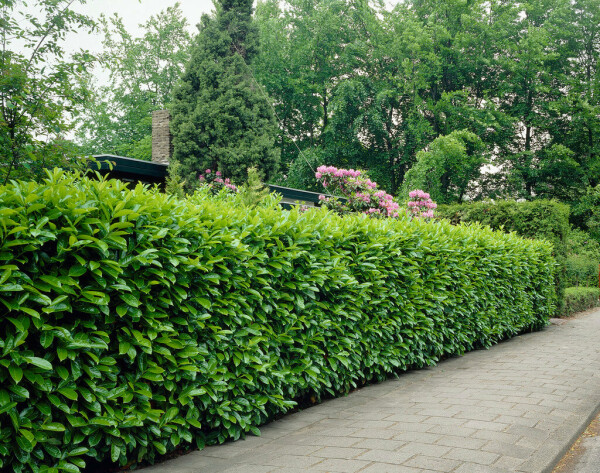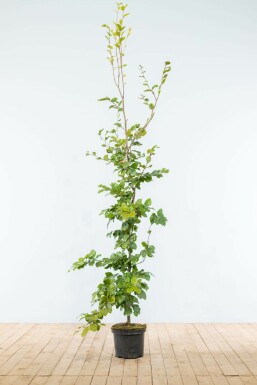 Yew
Yew
our specialists? We are happy to help you!

Growing a hedge
What is a hedge?
A hedge is a boundary or fence formed by closely growing shrubs or bushes. It is mainly used for privacy and screening
Why you should grow a hedge
Here are the advantages of garden hedges:
- Cost
Planting a hedge is an easy DIY task and all you need is a spade, a free day, some compost and hedging plants. The cost is low when compared to building walls and fences
- Wind protection
Unlike walls that divert winds upwards, a hedge filters and calms the wind, thus improving air circulation and creates a sheltered micro-climate
- Environmental benefits
Thick, evergreen hedges will effectively reduce noise levels. The effectiveness of the hedge to reduce noise depends on the density, maturity and height of the hedge
- Low-maintenance
Hedges require little maintenance, unlike walls which need to be painted and panels replaced when wind-damaged or rotted
How to plant a hedge
- Prepare the planting area by removing debris, grass and other weeds
- Dig a trench two times the width and 1 or 2 cm deeper than the height of the clod
- Loosen the soil at the bottom of the trench and mix in some compost.
- Position the plants in the trench, ensuring the top of the clod is the same level as the surrounding ground
- Back fill a mixture of compost and garden into the trench and firm it with your heel while creating a small trough around the plants
- Water the plants thoroughly.
- Apply a thin layer mulch or compost or well-rotted manure
Tips
Digging some compost in the bottom of the trench is important in providing the young screening plants with nutrients and helping the roots to penetrate the soil easily and quickly. Apply a layer of mulch to reduce water loss through evaporation and prevent weed growth.
Spacing
We recommend a spacing distance of 2 to 3 hedge plants per meter.
Care & Advice
Generally, hedges require little maintenance:
- Feed the shrubs or bushes in spring with an all-purpose fertilizer to boost growth
- Keep the plants well-watered, especially during hot summer months
- Remove weeds and dead wood in late fall, and if necessary, replace the mulch around the base of the hedge
Trimming
When the plants are fully-established, trim back the new wood in summer to encourage the formation of new branches. When winter comes, cut back into wood to encourage the growth of strong shoots. Trim the hedges regularly, but don’t cut into old wood as doing this may leave the branches bald. Prune the sides of border hedges at an angle to make them thick and bushy.
How to buy
What to consider when buying hedge plants
Size-Here, we are actually talking about the mature height of the hedge. It is pointless to grow a low hedge from tall growing plants.
Density foliage-For winter protection and maximum privacy, choose plants that remain green throughout winter.
Shape-Choose hedge plants with naturally low, dense branches and a pyramidal or round shape.
Shearable plants-Choose plants that will adapt well to shearing if you will be using hedge clippers.
Disease and pest resistant plants-You will also want to choose plants that are resistant to common pests and diseases.
How plants are delivered
Our plants are delivered by couriers that specialize in transporting plant pallets to end users. This ensures the plants are kept fresh.
The plants are first taken to a central location, and then to the depot. From there, they are delivered directly to customers’ homes.
We deliver the plants in the delivery week that you have chosen. The exact delivery day and time will vary. This will be any time from Thursday to Friday between 8:00 AM and 6:00 PM. To ensure that the plants reach you in top quality and condition, we dig them out as late as possible and thoroughly inspect them. The plants are then carefully packed so they are protected during transport.
You don’t have to take a day off to stay at home: the plants will be left in a suitable place around your house or driveway.
We transport plants on pallets or in boxes. Before the plants leave our nursery, we make sure they have enough water. We will deliver the plants on disposable pallets at no extra cost.
Please note: in times of high demand or other unforeseen circumstances, your delivery may be delayed until the next business day. We will always inform you about this ahead of time.
Delivery time
When you place an order, we will ensure that you get fresh plants from the ground. If you make your order before Thursday 03.00 pm, the plants will be delivered the next week. It is also possible to get the plants delivered a few weeks later.
Further advice
It is important that you plant your hedge plants right away so that they can establish quickly. After planting, water the plants deeply until they are fully established.
Delivery of the plants
We deliver plants in nine European countries: the Netherlands, Belgium, Germany, Austria, Switzerland, England, France, Sweden and Denmark.
When you place an order in our simple ordering system, you can choose your own delivery week. Typically, delivery time will be between three and nine business days. You can choose a later delivery week during the ordering process on our website. You can specify this yourself. No need to stay home for this - the plants will be placed in a suitable spot around your house or driveway. However, it is important that your house or business premises are accessible for trucks.
You can rest assured that the plants will arrive completely undamaged. They are freshly taken from the ground just before departure, then we water them before they are transported by a carrier specialising in plant transportation. The transporter knows how everything works and what is good for the plants.
If you have any questions about the delivery of your plants,
please contact our customer service department.




